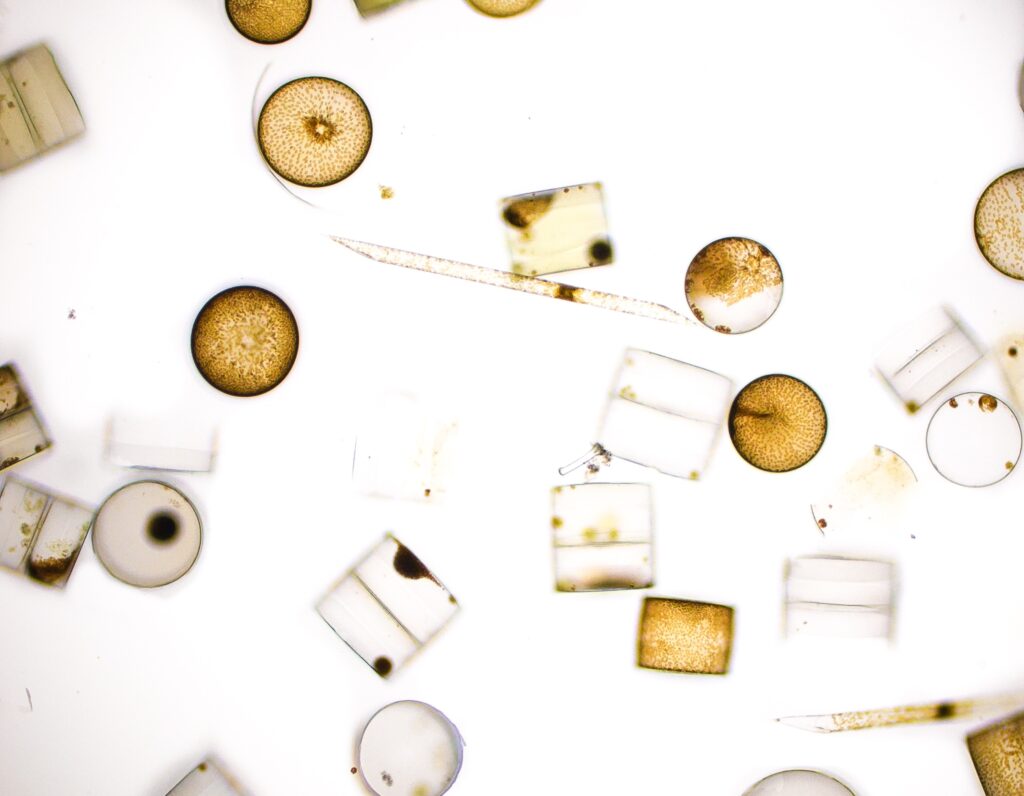Significant changes in plankton abundance and seasonality due to global climate change could alter the biological carbon pump in the ocean, according to new research.

Current Earth System Models (ESMs) used by the International Panel on Climate Change (IPCC) are projecting a decline in phytoplankton (plant plankton) abundance, and predict large seasonal shifts that may lead to trophic desynchronization (i.e. a time lag between prey-predator maximum abundance) and changes in community composition.
These large changes in seasonality, also known as phenological shifts, are expected to increase due to global warming and its influence on the water column stability.
For this study, researchers used a species-based modelling approach originating from the MacroEcological Theory on the Arrangement of Life (METAL), combined with large scale plankton observations to investigate past, current and future phenological shifts in plankton.
Using data from the Continuous Plankton Recorder Survey (CPR), they looked at diatoms (single-celled algae) and dinoflagellates (single-celled organisms with two flagella, microscopic hair-like structures) in three key areas of the North Atlantic Ocean from 1850 to 2100.
The study reveals that the different phytoplankton types will exhibit different shifts in phenology and abundance throughout the North Atlantic Ocean.
Although shifts in phytoplankton phenology are now widely observed among marine and freshwater ecosystems; previous research suggested that diatom seasonality is relatively stable.
However, the results of the new research revealed that the seasonal duration of large, flattened diatoms (called oblates) is predicted to shrink and their abundance to decline while the phenology of slow-sinking elongated diatoms (called prolates) and dinoflagellates are expected to expand and their abundance to rise, which may alter carbon export in this important sink region.
The increase in prolates and dinoflagellates may positively impact the export of carbon in the North Atlantic Ocean and alleviate the negative impact of oblates decline, which are responsible for massive peaks of biomass and carbon export in spring.
Diatoms are a major group of single celled algae and are understood to be responsible for 40% of the total marine primary production (amount of organic material available to support the herbivore and carnivore consumers in the ocean.)
Scientists have stressed the importance of investigating more deeply the role of prolates and dinoflagellates in future studies, in order to improve our understanding of the impact of global climate change on the ocean’s biological carbon cycle.
Lead author Dr Loïck Kléparski, Postdoctoral researcher, Littoral Cote d’Opale University, Laboratoire d’Océanologie et de Géosciences said: : “ESMs used by the IPCC to quantify the effect of climate change on the biological carbon pump only consider oblate diatoms and a few other phytoplanktonic groups in their calculation. However, our results show that oblates decline might be mitigated by the increase of prolates and dinoflagellates whose role in the global carbon cycle are currently overlooked. This is an important result that might improve our understanding of the functioning of marine ecosystems in the context of climate change.”
Read the full paper: https://onlinelibrary.wiley.com/doi/abs/10.1111/gcb.16709